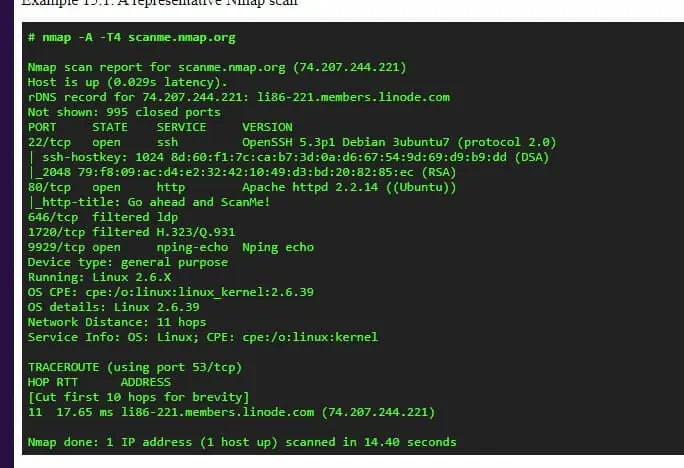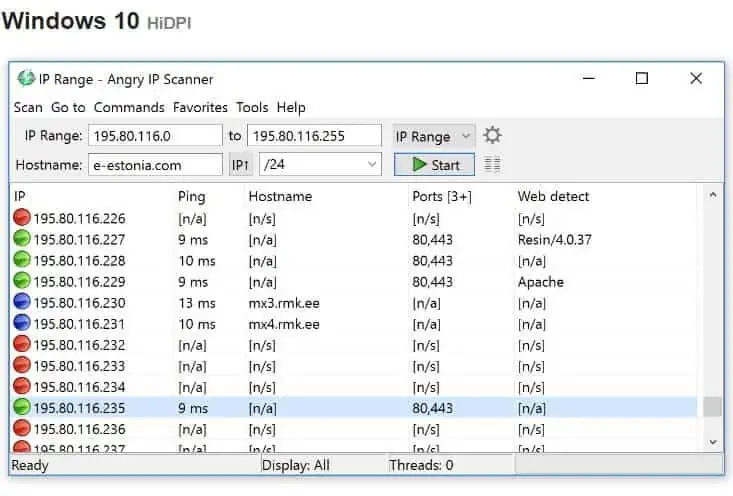How to Test a Proxy Server
A proxy server is an intermediary that re-routes your Internet requests to another server. These servers can be helpful for people who want to browse the web more securely and anonymously.
They can also greatly help organizations that want to monitor their network users’ web activity. However, it is important to be aware of their limitations.
1. Nmap
Nmap is a powerful network tool that performs port scanning, ping sweeps, and operating system detection. It’s free and open source, available on many different operating systems.

The first step to test a proxy server is to find out whether it’s alive by sending ping packets and asking for a reply. If Nmap receives a response, this is a positive sign that the host is up and running.
Another way to check if a host is alive is to send a TCP ACK scan to it. Nmap sends an empty TCP packet to the target with the ACK flag set to port 80.
If the target answers with an ICMP port unreachable error, this is an indication that the connection is closed. It’s important to note that ICMP is not an accurate indicator of uptime since firewalls or IPS can block it. Nmap can detect this by comparing the response with its database of over 2,600 operating systems.
2. Angry IP Scanner
Angry IP Scanner is a popular network scanner that works cross-platform. It scans IP addresses and ports, pings them, resolves hostnames from DNS, determines MAC addresses, and more.

Compared to other tools in this category, it has a much easier user interface and offers numerous filters. It also allows for easy exporting to CSV, TXT, XML, or IP port list files.
It can ping an address to see if it is alive, then optionally, it will resolve the hostname and determine the MAC address. Many other features include NetBIOS information (computer name, workgroup), logged-on Windows users, web server detection, and customizable openers.
Angry IP Scanner is an easy-to-use tool that comes with both a GUI and a command line interface. Average people or tech-savvy users can use it.
3. TCP Monitor
A TCP Monitor is a good option if you want to test connectivity to a specific host on the Internet. This is a simple, fast, and free way to get information about the health of a TCP-based service.
TCP Monitors can be set up to perform a quick request/response in the cleartext after the TCP handshake to verify a service is alive and responding (e.g., telnet or sshd).
You can choose how frequently sources will ping destinations on the protocol and port specified in the url by using the test frequency settings. You can select 30 seconds, 1 minute, 5 minutes, 15 minutes, or custom.
When setting up a TCP Monitor, you need to configure the server/device name and IP address. You can also add a port number and a timeout value.
4. Windows Service Check
If you need to test a proxy server, you can use Datadog’s Windows Service Check. This tool checks for services that have been configured and reports on whether they’re running stopped or unknown.
The Windows Service Check can be used for passive monitoring (returning OK if the service is running, CRITICAL if it’s stopped, and UNKNOWN if it’s unknown). You can also build Monitors that fire when Windows Service checks fail or based on specific states, like Running after a certain number of checks or Stopped after a certain number of checks.
The service check may not work properly if you have a network driver that isn’t compatible with Windows. If that’s the case, you can replace your network driver to see if the problem goes away.